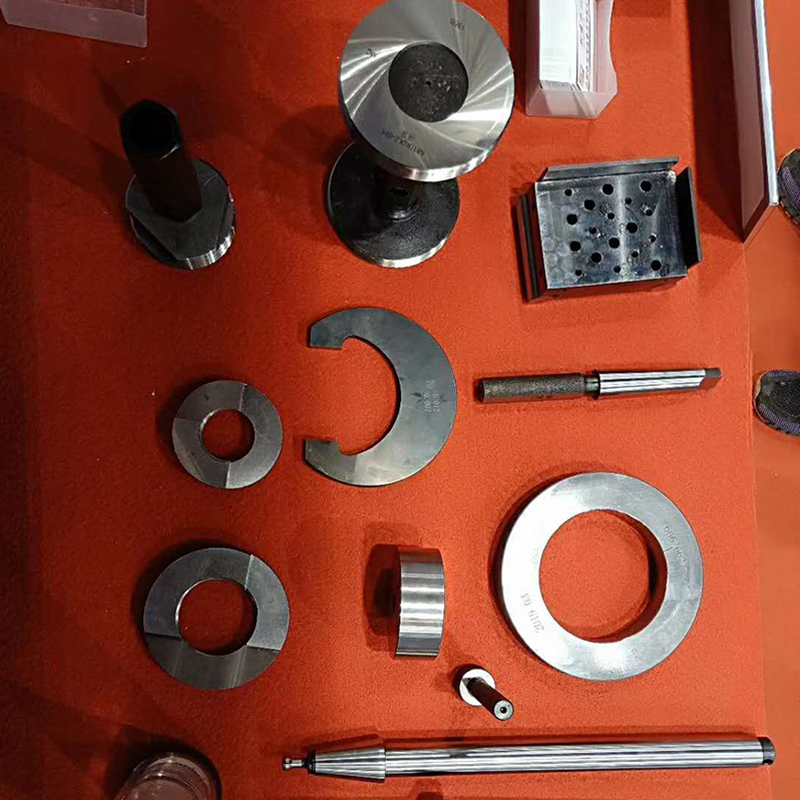снеж . 26, 2024 09:51 Back to list
Flanged Gate Valve Applications and Benefits in Industrial Settings
Understanding Flanged Gate Valves Functionality and Applications
Flanged gate valves are essential components in various industrial applications, especially in the fields of oil and gas, water treatment, and power generation. Their design and functionality make them a popular choice for controlling the flow of fluids in pipelines and other systems. This article delves into the characteristics, working principles, advantages, and common applications of flanged gate valves.
What is a Flanged Gate Valve?
A flanged gate valve is a type of valve that uses a gate mechanism to start or stop the flow of fluids. It features flanges on the ends of its body, allowing it to be easily bolted to pipe systems. The design of the gate valve includes a solid wedge or parallel gate that moves vertically within the valve body, which controls the flow of fluid in either direction. When the gate is fully raised, the fluid can flow freely; when the gate is lowered, it obstructs the flow completely.
Design and Construction
The construction of flanged gate valves typically includes a body, bonnet, gate, and a flanged connection on both sides. The body is usually made from durable materials like cast iron, ductile iron, or stainless steel, depending on the application and fluid type. The gate can be made from various materials, including bronze or stainless steel, tailored to withstand specific pressures and temperatures.
The flanges on the valve body are designed according to various standards, such as ANSI/ASME, allowing for compatibility with different piping systems. This ease of installation is one of the primary advantages of flanged designs.
Working Principle
The operation of a flanged gate valve is straightforward. When the valve handle (or actuator) is turned, it rotates a threaded stem, which consequently moves the gate up and down. In the open position, the gate is lifted completely out of the flow path, allowing maximum flow with minimal pressure drop. Conversely, in the closed position, the gate descends to seal against the valve seat, effectively stopping fluid flow.
One important note is that flanged gate valves are designed primarily for on-off service, rather than throttling. When partially opened, a gate valve can create turbulence and lead to erosion or damage, making them unsuitable for flow regulation.
Advantages of Flanged Gate Valves
flanged gate valve

2. Durability Constructed from robust materials designed to withstand significant pressure and temperature variations, flanged gate valves offer longevity and reliability.
3. Ease of Maintenance The relatively simple design allows for straightforward inspection, maintenance, and repairs, minimizing downtime for industrial operations.
4. Tight Sealing Gate valves are designed to provide a tight seal when closed, preventing leaks and allowing for safe operation in critical applications.
Applications
Flanged gate valves are versatile and find application across various sectors
- Oil and Gas Used in pipelines and refineries for the quick shut-off of large volumes of crude oil and gas, ensuring operational safety.
- Water Treatment Essential in water supply and treatment facilities, where they regulate the flow in aqueducts and sewage systems.
- Power Generation Employed in cooling water systems, boiler feed lines, and process steam lines within power plants.
- Chemical Processing Utilized in the transportation and handling of hazardous substances, where quick shut-off can prevent spills and accidents.
Conclusion
Flanged gate valves are indispensable in many industrial applications, offering reliable flow control with minimal pressure loss. Their robust construction, easy installation, and straightforward operation make them a favored choice among engineers and operators. Understanding the characteristics and uses of these valves helps industries optimize their systems for better performance and safety. Whether in oil and gas, water treatment, or other industrial applications, flanged gate valves play a crucial role in efficient fluid management.
-
Why Metric Trapezoidal Thread is Ideal for Precision Motion ControlNewsAug.05,2025
-
The Unique Properties of a Block of Granite for Industrial UseNewsAug.05,2025
-
The Role of Flanged Y Strainers in Preventing Pipeline ClogsNewsAug.05,2025
-
The Importance of Regular Calibration for Master Ring GagesNewsAug.05,2025
-
How a Cast Iron Surface Table Enhances Accuracy in ManufacturingNewsAug.05,2025
-
Comparing Different Check Valve Types for Optimal Flow ControlNewsAug.05,2025
Related PRODUCTS









